Layouts
Circus Railroads at the Dome
Mar 8, 2006


By Noel Widdifield
LSOL.com Managing Editor |
Author
Bio
The train show was a huge success that winter of 1995 and the Domes winter attendance rose dramatically.
|
Many of the circus buffs that model circuses in large scale make most of their circus equipment and circus train cars. One of those people is Tom Smith whom I met through LSOL.com. Tom is a man who loves circuses and circus trains.

Tom Smith's Bio
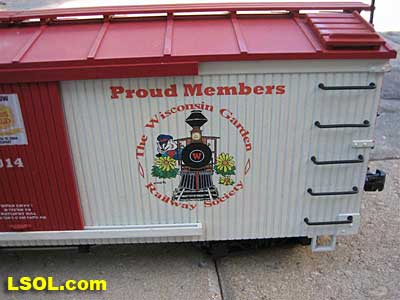

He sent me a video a few months ago showing some scenes from the annual train show that the Wisconsin Garden Railway Society helps put on each year at the Mitchell Park Domes in Milwaukee, Wisconsin.
The Winter Show is a collaborative effort between the Domes and four large-scale clubs. Originally it started when the Domes had a hole in their schedule during the winter season. Attendance was very low for the previous winter shows so the show architect approached Jack Sommerfeld and his dad, Mark, of Sommerfeld's Trains and Hobbies in Butler Wisconsin, suggesting a train display. They agreed to try it. Jack provided time, track, rolling stock and other necessary items. Clarence Volk, an electrician from Milwaukee, helped with the electrical and Tom and Margo Lemke from Fond du Lac, WI ran trains for that first show. Several other train people also volunteered their time and a display was put together. The train show was a huge success that winter of 1995 and the Domes winter attendance rose dramatically. Because it was so popular another show was done for the 1995 fall season to help with the historical poor fall attendance. That show did not produce much better results than previous fall shows and it was decided to move the trains back to the winter season in 1997. It was about this time when Ed Uhl of Brookfield, WI became heavily involved. They have been at the winter show ever since. The Wisconsin Garden Railway Society officially became involved in 1997 even though Clarence, Ed, and the Lemke's were WGRS club members. In more recent years the Glacial Garden Railway Society of Menomonee Falls, the G-Scalers Garden RR Club of Racine and the Kenosha G-Scalers Garden Railroad Club have also become involved in running trains. Club members from all over Wisconsin and even a few from Northern Illinois come to run trains, The only requirement to run is to be a current member of a club recognized by the Domes and be on the run schedule.
The show runs from mid January until two weeks before Easter. Each year the theme and track plan for the show changes. The Dome staff takes about 13 days to set up the show from the bare ground. The layout is somewhat sparse as the show starts and buildings and details are added as time passes. By the end of the day after the show closes all is gone and only bare earth remains waiting for the Spring Show to be set up. We run two trains - (last year it was three) - every day during the show so it takes a lot of people volunteering and some amount of coordination to schedule. Tom says, ???Besides running trains several of us provide support to the Domes in different ways to help the show succeed. We donate all we do???. The fund raising for this show comes from the Dome???s attendance receipts. Before the trains the winter season was a negative cash period for the Domes but since the trains were added it is their most lucrative period. In fact, the trains hold the attendance records including the one-day record. ???That might not mean much until you consider that Lady Bird Johnson dedicated the Domes when they were first opened and our trains have drawn more people than she did???, said Tom. 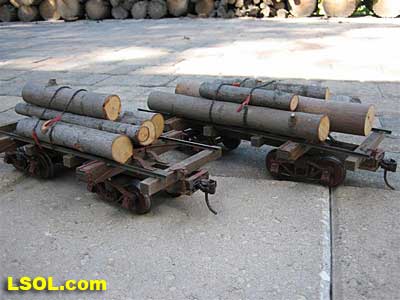
Tom also spends a considerable amount of time at the Circus World Museum. The Circus World Museum in Baraboo, WI is a living museum. It is on the banks of the Baraboo River where the Barnum & Bailey Circus wintered in the late 1800's and early 1900's. The museum has several shows daily and has displays of circuses gone by around the grounds. There are nearly 200 circus wagons, most of which have been completely restored. Finally, there is an amazing resource library, which can be accessed by the public. Historic displays and warehouses full of memorabilia and costumes can be seen. There is a huge rail storage barn on the property. First built in the 1800's, enlarged it can hold 18 circus flat cars on three tracks. It is the largest and last all wood rail barn still standing. This barn is currently undergoing the first of several planned renovations. The Museum owns dozens of rail cars used by circuses for travel. The Museum has even transported equipment and wagons for parades on its own rail equipment. Tom took most of following museum pictures last year early in the morning before visitors arrived.
Note several of the restored circus wagons in a view along the south side of last year???s layout towards the west end of the wagon barn. 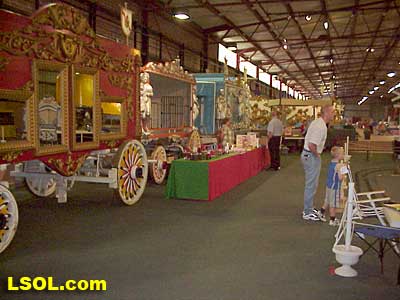
Looking in a different direction several hundred feet away shows two more beautifully restored wagons. 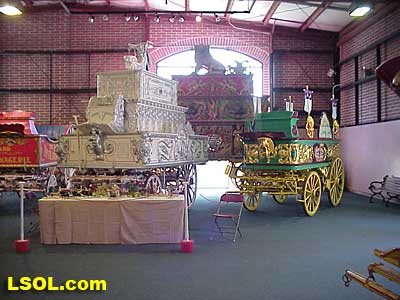
Notice the wagons on the flatcar. There is a track all along the north side of the building.
Several club members relax and watch the trains running in front of more circus wagons. 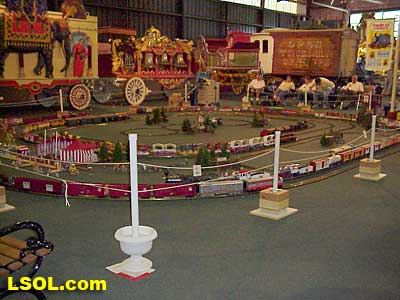
Each of the circus flatcars holds several wagons. These flat cars are specially made for the circus. 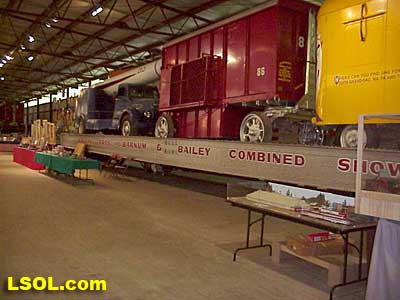
This car is one of two 70 foot-long steel Warren flat cars made for Ringling Bros and Barnum & Bailey # 235 & 355 at the museum. This outside shot shows a circus passenger car, a boxcar and a small train for children. 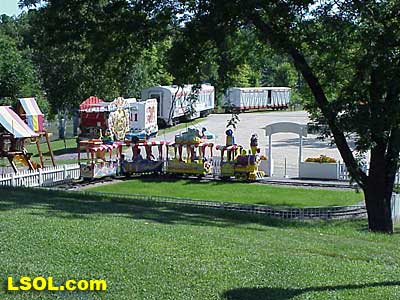
Tom took additional outside shots while at the museum. The wooden car barn is being renovated. 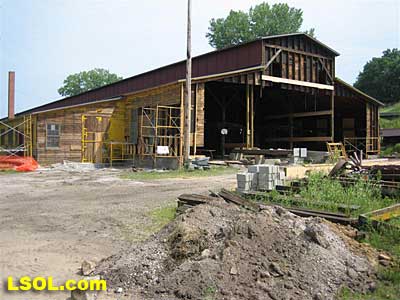
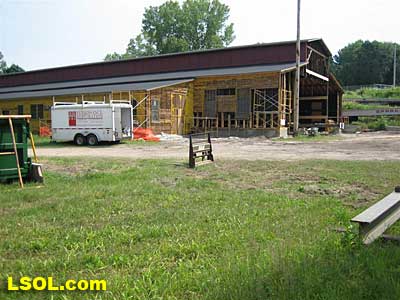
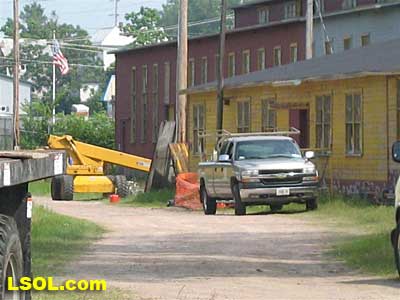
There are several cars outside awaiting shelter. 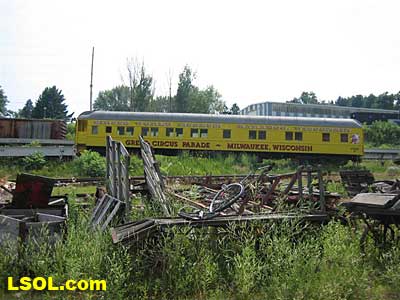
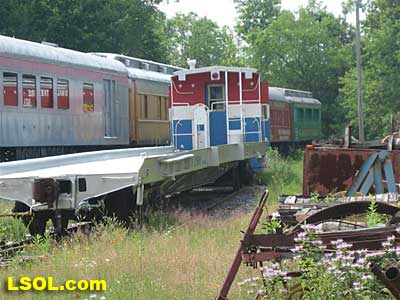
One of the long circus flat cars is stored inside, but will soon be added to the collection in the refurbished car barn. 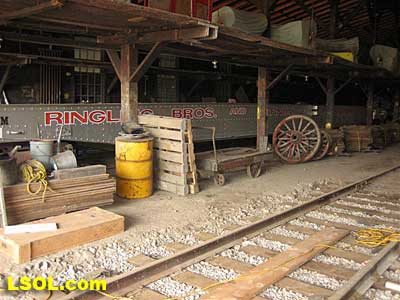
Tom captured this picture of a Barnum & Bailey water wagon. 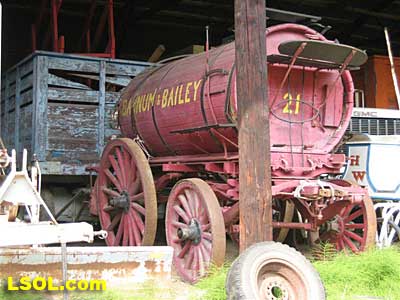
Several models were on display at this show. The first photo shows a tiny portion of a 1" scale model circus. 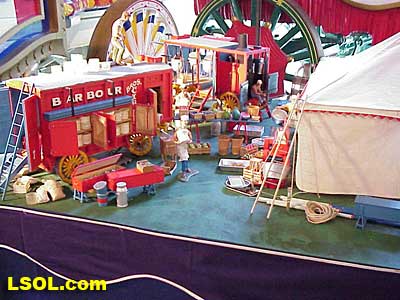
The next is of a circus tent with over 1000 scale people in the display. 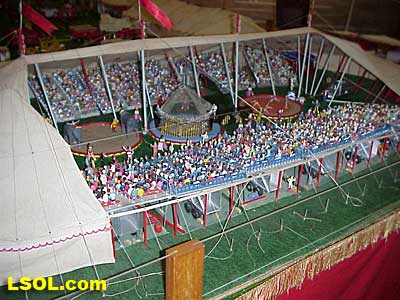
These are part of a complete circus display including a scratch built 1" scale steam locomotive. As Tom left the circus, he shot the grounds from across the Baraboo River. 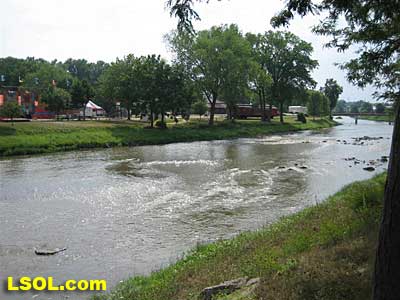
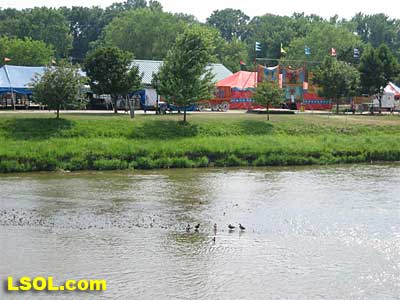
Further away from the Museum, Tom took one last shot of the Big Top. 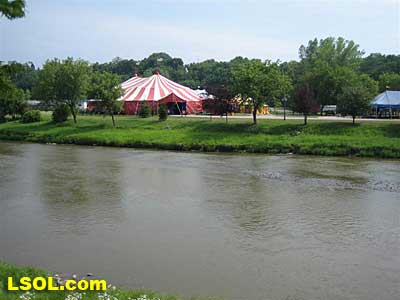
Top of Page
|



